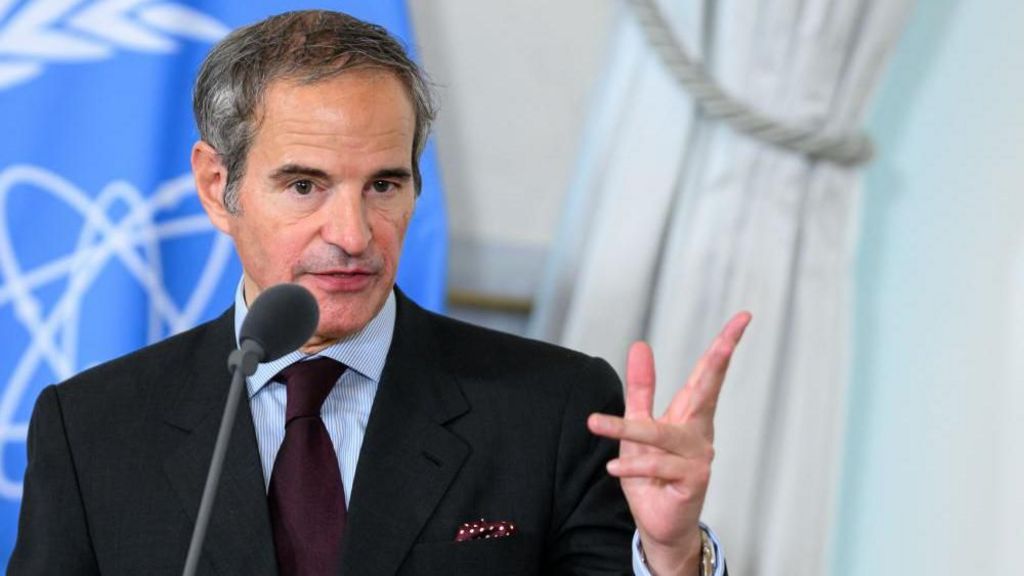The head of the International Atomic Energy Agency (IAEA), Rafael Grossi, has stated that Iran retains the capability to restart uranium enrichment for a potential nuclear weapon in “a matter of months.” Speaking after recent U.S. and Israeli strikes on Iranian nuclear facilities, Grossi confirmed that while the damage was “severe,” it was not total, directly contradicting former U.S. President Donald Trump’s claim that the sites were “completely destroyed.”
The June 13 attacks targeted Iran’s Fordo, Natanz, and Isfahan nuclear sites, with Israel alleging Tehran was nearing bomb-making capacity. However, assessments vary—while Trump boasted of a “successful military strike,” the Pentagon estimated the damage only set Iran’s program back by a few months. Meanwhile, Iranian officials have sent conflicting signals, with Supreme Leader Ayatollah Khamenei downplaying the impact while Foreign Minister Abbas Araghchi acknowledged “serious damage.”
Tensions escalated further when Iran’s parliament voted to halt cooperation with the IAEA, accusing the agency of siding with the U.S. and Israel. This comes after the UN watchdog recently found Iran in breach of its non-proliferation obligations for the first time in two decades. Despite Tehran’s insistence that its nuclear program is peaceful, the IAEA reports Iran has already stockpiled enough 60%-enriched uranium for nine bombs—far exceeding limits set by the now-defunct 2015 nuclear deal.
Grossi emphasized that a long-term resolution must be diplomatic, urging renewed negotiations with Tehran. The 2015 deal had restricted Iran’s enrichment levels to 3.67% purity, but after Trump abandoned the pact in 2018, Iran gradually violated its terms. With both sides digging in, the risk of further confrontation looms—especially as Trump hinted he would “absolutely” strike again if Iran resumes high-level enrichment. The world now watches to see whether diplomacy can avert another crisis.


